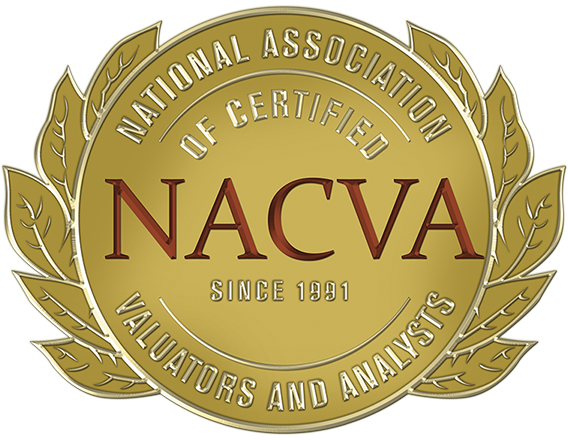The IRS Corporate Ratios provides industry-standard financial benchmarking data for over 210 industries. For valuators, this data is useful in benchmarking a target company’s financial performance against industry norms. There are a number of choices for industry benchmarking data including RMA, Bizminer, and IRS Corporate Ratios. The purpose of this article is to help you understand the IRS data so you can determine if the IRS data is a good fit for your financial benchmarking needs.
Source of IRS data
Beginning in 1916, congress mandated the annual publication of statistics related to the “operation of the internal revenue laws.” The data ValuSource uses is the data is gathered from 1120 tax returns, which is based on statistical analysis and averages. Because the data comes from tax returns, the strength of this data is that it has a huge sample size for every industry.
Prior to 2014, there were thirteen asset categories for every industry. However, after 2014 and based on new non-disclosure rules, the IRS only publishes data for one asset category, which includes all businesses in that industry. The US Total slice of data has the standard thirteen asset categories, but every industry is included in those categories which limits its usefulness.
Data from July 1 four years ago to June 30 three years ago is published in the spring of the current year. Note that there is a short time lag. However, the age needs to be balanced with the data’s credibility based on its large sample size. The ValuSource IRS database comes with over 20 years of IRS data so you can perform multi-year analysis as well as industry trend analysis, which provides useful information about how an industry has performed over time.
An interesting side note: IRS data is used in most of the other products that combine multiple data sources and use algorithms/modeling to produce their results.
IRS Corporate Data and Benchmarking
ValuSource acquires the data and then computes common-size income statements, balance sheets, and financial ratios. This allows IRS data to be used as a data source for our valuation software and Excel benchmarking tools.
The sample size is a key factor when considering whether benchmarking data accurately represent a population. With a larger sample, you get more statistically valid data and outliers do not have such a significant impact. In 2021, the data published by the IRS was based on 7 million tax returns. Such an unprecedentedly large sample size better represents the entirety of the industry.
Transparency for Credibility
The IRS Corporate Ratio Data is transparent, the entire process from how the IRS collects and reports the data to how ValuSource compiles and issues the data is published. Based on the published process, each data point in the IRS Corporate Ratio database could be replicated by starting with raw IRS data and following the compilation process.
Being able to replicate data adds to its credibility. Many other financial statement benchmarking databases have proprietary processes to produce the data, which means there is no way to recreate their results.
For more information on IRS Corporate Ratios, click here.
